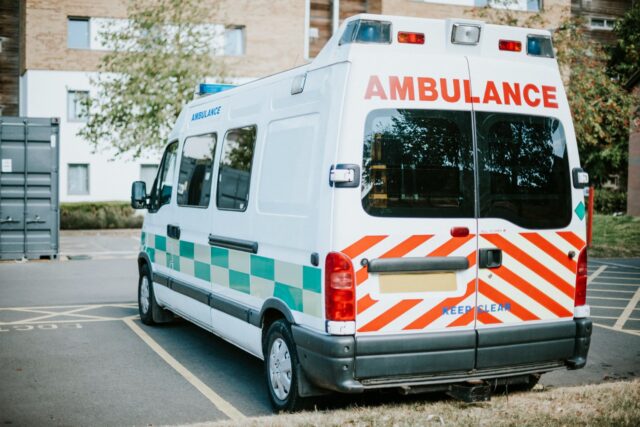Last Updated on March 9, 2024 by admin
The pandemic has prompted medical professionals and non emergency ambulance worldwide to adapt. As they dealt with the worst public health catastrophe in recent memory, they had to come up with new ways to interact with patients and work with colleagues. The use of technology that aids ambulance services in adapting to this rapidly changing world has, however, been accelerated as a result of this. It is obvious that technology will play a part in healthcare in the future, but what exactly is that role and how are mobile devices being connected to fully utilize the new capabilities? Here, we outline the four major trends that White Space Strategy has discovered after doing in-depth research on ambulance and healthcare services in Europe.
Four Major Trends Affecting Emergency Medical Services
Trend 1: The proliferation of solutions for remote healthcare
Response time is crucial for ambulance services, therefore how can the instantaneous connections of remote equipment be utilized?
A wider variety of circumstances are utilizing remote healthcare technologies, giving healthcare workers access to new possibilities. As an illustration, the East Anglian Air Ambulance is currently conducting scans in mid-air using mobile connected, point-of-care ultrasound machines, and this information may be communicated to emergency personnel. In other parts of Europe, paramedics have just started utilizing Face Time to connect with doctors for stroke emergencies using tablets.
Frontline workers are increasingly more likely to work remotely. Tablets are ideally suited for this use because remote working software tools are actually growing. Paramedics are increasingly finishing documentation tasks right away to save time rather than needing to do them later.
Trend 2: Increasing the integration of healthcare systems
What knowledge might help improve patient care or make services more effective?
Systems that require more integration between the frontline ambulance staff and central hospital services are probably in the future of European emergency response services. One research participant was quoted as saying: “In a perfect world, a device could tell where to transfer a patient. You might find out right once how many beds are available and where the specialists are.
Another German organization is testing out programs where a doctor is on call at all times in a central office and can be reached by those on the front lines in an emergency.
An ever-more-effective ambulance service will require the use of critical technologies, such as mobile devices that can be integrated with central systems and utilized to communicate and transfer data rapidly and securely.
Trend 3: It’s never been more important to disinfect.
Is it difficult to keep your smartphone clean all the time? Would stronger tools be beneficial?
A key component of the response to the pandemic has been improved equipment cleaning in hospital settings. When a German research participant stated that “devices used in ambulances are cleaned by soaking them in disinfectant solutions,” they were describing the severity of the issue. They must be resilient enough to handle this.
Ambulance services will need even more dependable equipment that can resist the stringent disinfection standards that are emerging. For instance, TOUGHBOOK tablets have been examined and approved for use with the majority of cleaning agents.
Trend 4: Data security is becoming more and more crucial.
Data security is more crucial than ever as patient data is collected at an increasing rate.
“Suppliers must be able to support us in protecting and securing patient data,” a healthcare provider said. “With larger transfers of patient data come greater dangers.”
For a number of reasons, Android devices are ideal for emergency medical services:
- They work well for customized solutions.
- Really simple to use.
- The operating system’s capabilities for data security have lately undergone significant enhancements.
- There are numerous devices to choose from.
“Android gives the most options in the market, and the devices satisfy all our needs,” one French hospital respondent summed it up.
Moving forward, it will be crucial to work with mobile computing suppliers who can offer the appropriate operating system device for your needs as well as dependable, purpose-fitting devices with long-term support.
Therefore, it is clear that, even with only these four developments, technology has a significant role to play in assisting healthcare professionals. There are some particularly intriguing examples of how devices are being embraced by non emergency ambulance singapore. How can you use mobile devices to serve your organization more effectively?
Read More: click









